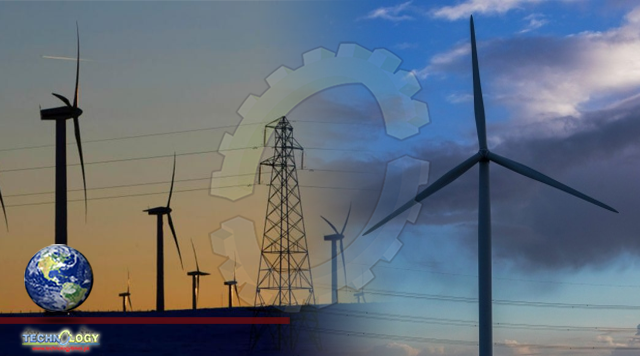A record year for renewable power in the UK showed the need for a broader suite of green technologies to balance the grid once fossil fuels fade away entirely.

Green power exceeded coal and gas generation in the country’s energy mix for the first time in 2020. While this is a step in the right direction to hit strict climate goals, technologies like nuclear, hydrogen and carbon capture are needed to compensate for when the wind doesn’t blow or the sun doesn’t shine, according to a report by Imperial College London for Drax Group Plc.
Wind power produced a quarter of Britain’s electricity last year, however the climb in output lead to more than 250 million pounds (S$458 million) being spent on costs where energy had to be dumped because of network constraints.
Overall electricity demand in Britain fell by 6 per cent last year, the largest year-on-year drop on record, which allowed renewable energy to contribute to a greater percentage of power generation. Fossil fuel generation dropped below 100 terra-watt hours for the first time since 1960.
“The next steps we must take towards a net zero power system will be more challenging, driving out the last sources of fossil carbon will require us to go beyond just having more wind and solar power,” Dr Iain Staffell of Imperial College London said.
A greater reliance on renewable energy exposes the system to greater swings in power production, with cold, cloudy and still days causing drops in output. This can lead to surges in power prices, and much higher grid balancing costs.
National Grid Plc issued several warnings of tight electricity margins over winter, when demand was expected to be high and wind power output low. Systems for storing energy such as batteries can provide grid balancing services to make up for a drop in renewable power.
Originally published at The business times